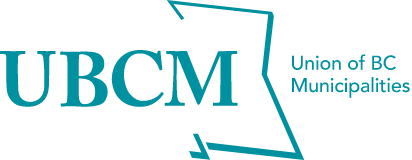The Canadian Radio-television and Telecommunications Commission (CRTC) is establishing a retail internet subsidy for the Far North. Selected areas of northern BC are within the CRTC’s definition of “Far North”. The CRTC is calling for comments on how to implement this subsidy, with submissions due by Feb 18, 2025.
The affordability of high-speed internet service, particularly in rural and remote areas, has been raised as an issue in several UBCM resolutions. UBCM will submit comments as part of this consultation. BC local and Indigenous governments – particularly those in the Far North and rural communities excluded from the CRTC’s definition of Far North – are also encouraged to submit comments to reflect their experiences, perspectives, and need for affordable internet services.
BC communities included in CRTC’s definition of Far North are: Atlin, Blueberry, Bob Quinn Lake, Dease Lake, Fort Nelson, Fort Ware (Kwadacha), Good Hope Lake, Iskut, Jade City, Lower Post, Mould Creek, Muncho Lake (Fireside and Liard River), Pink Mountain, Prophet River, Telegraph Creek, Toad River, Upper Halfway, and Wonowon.
To improve internet affordability in the Far North, where the cost of living is already higher than elsewhere in Canada, the CRTC approved the introduction of a retail internet subsidy in the recently released Telecom Regulatory Policy 2025-9. All households in the Far North are expected to be eligible for the subsidy, regardless of their internet service provider. The aim is to help reduce the price gap between internet services offered in the region and elsewhere in Canada. The amount of the subsidy and the timeline for the subsidy becoming available are not yet known.
Selected areas of northern BC are within the CRTC’s definition of Far North, and households in these areas are expected to be eligible for the subsidy. The call invites comments from the general public, including Indigenous and local governments, on the following issues regarding the subsidy:
- subscriber eligibility;
- monthly amount and calculation method;
- roles and responsibilities of the CRTC and third-party administrators;
- distribution of funds;
- measures to promote transparency and accountability; and
- the CRTC’s approach to monitoring.
